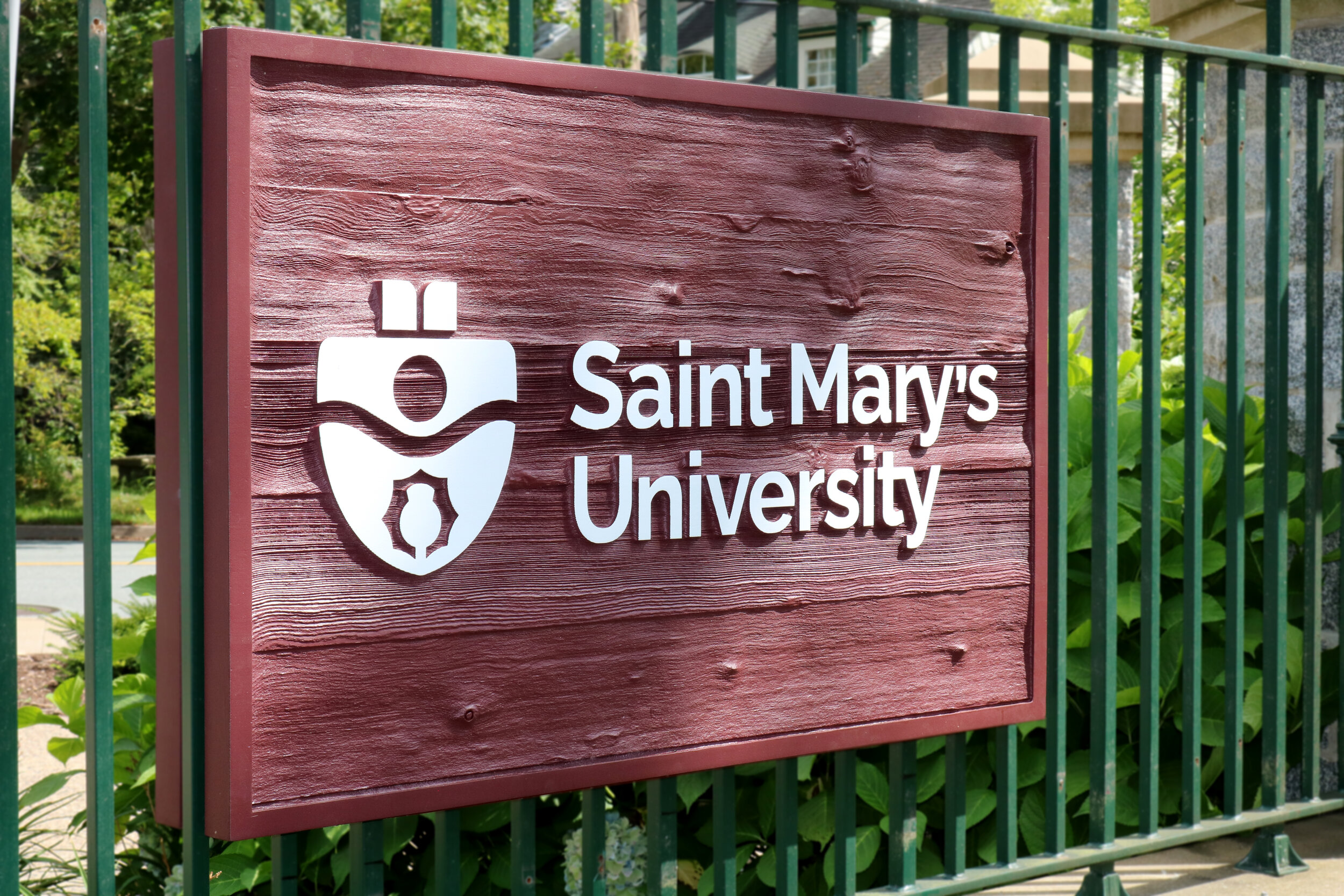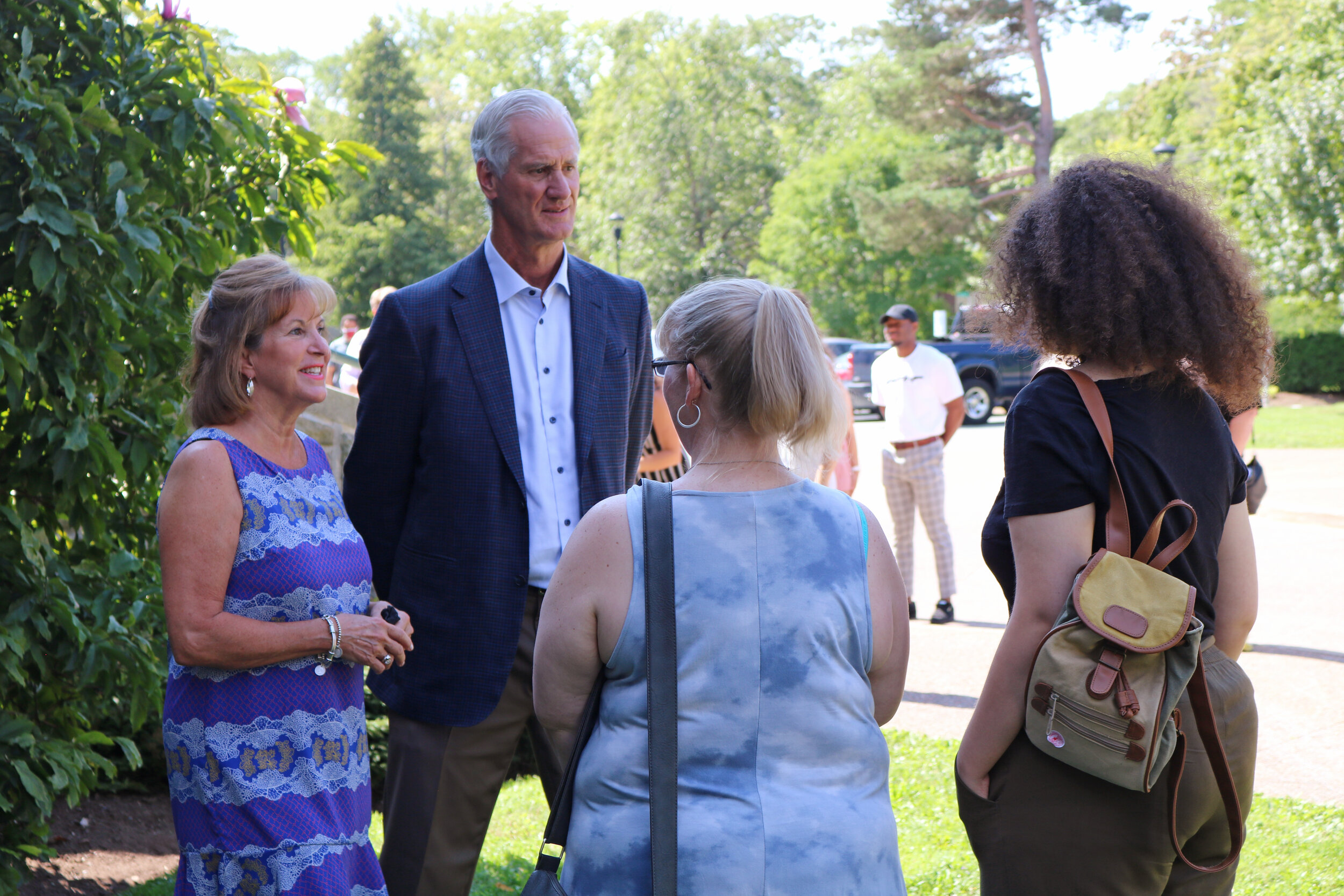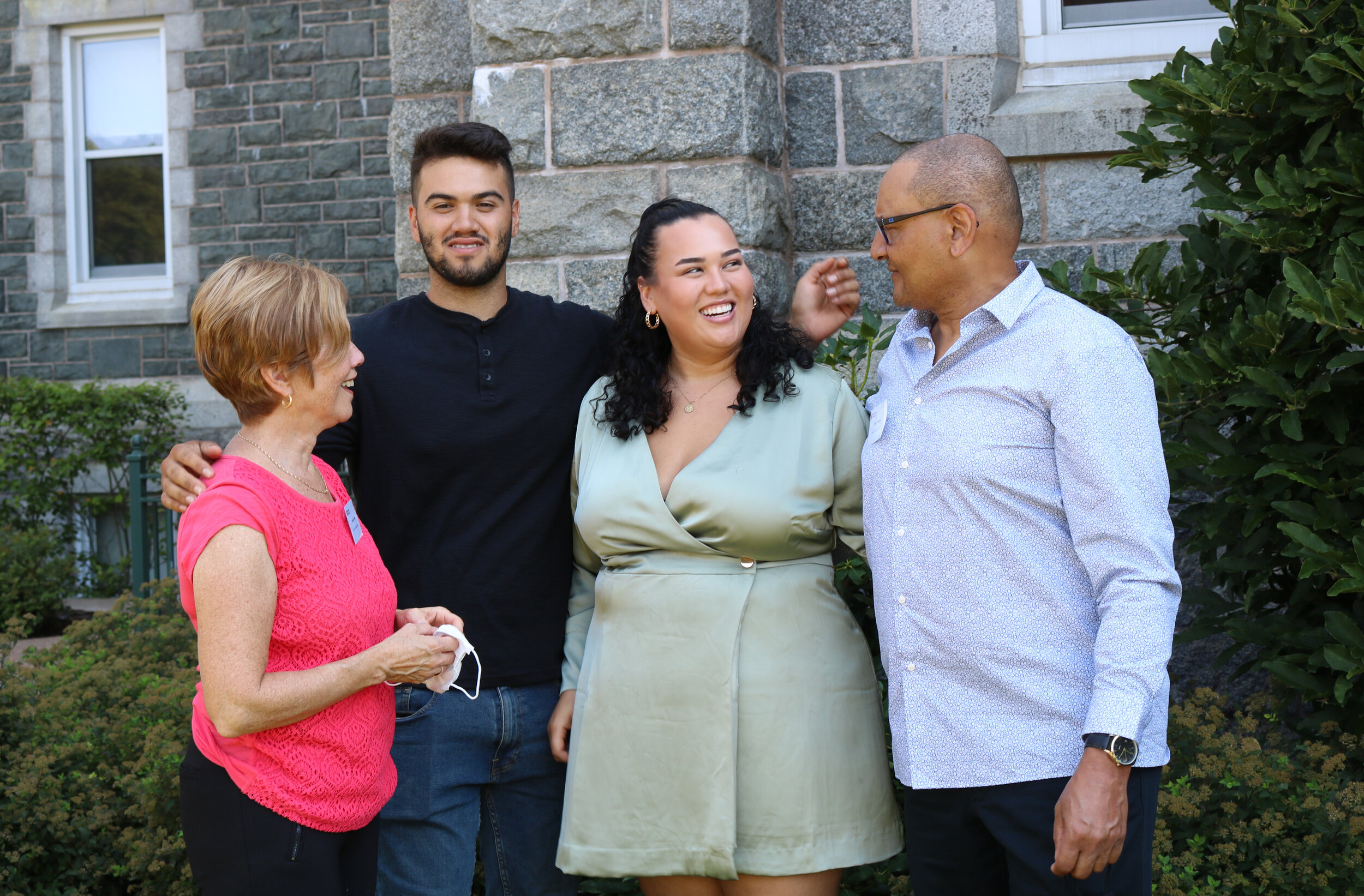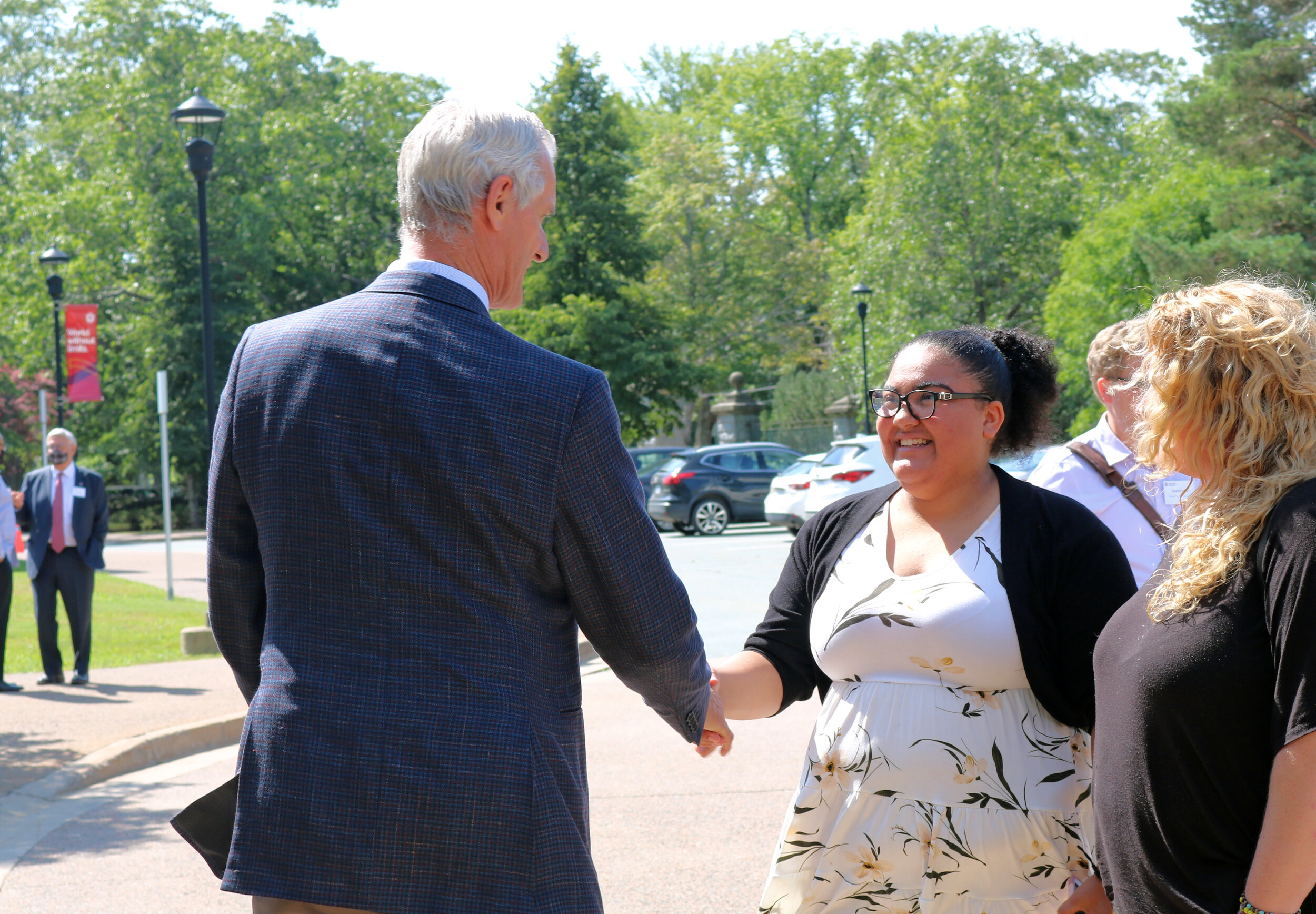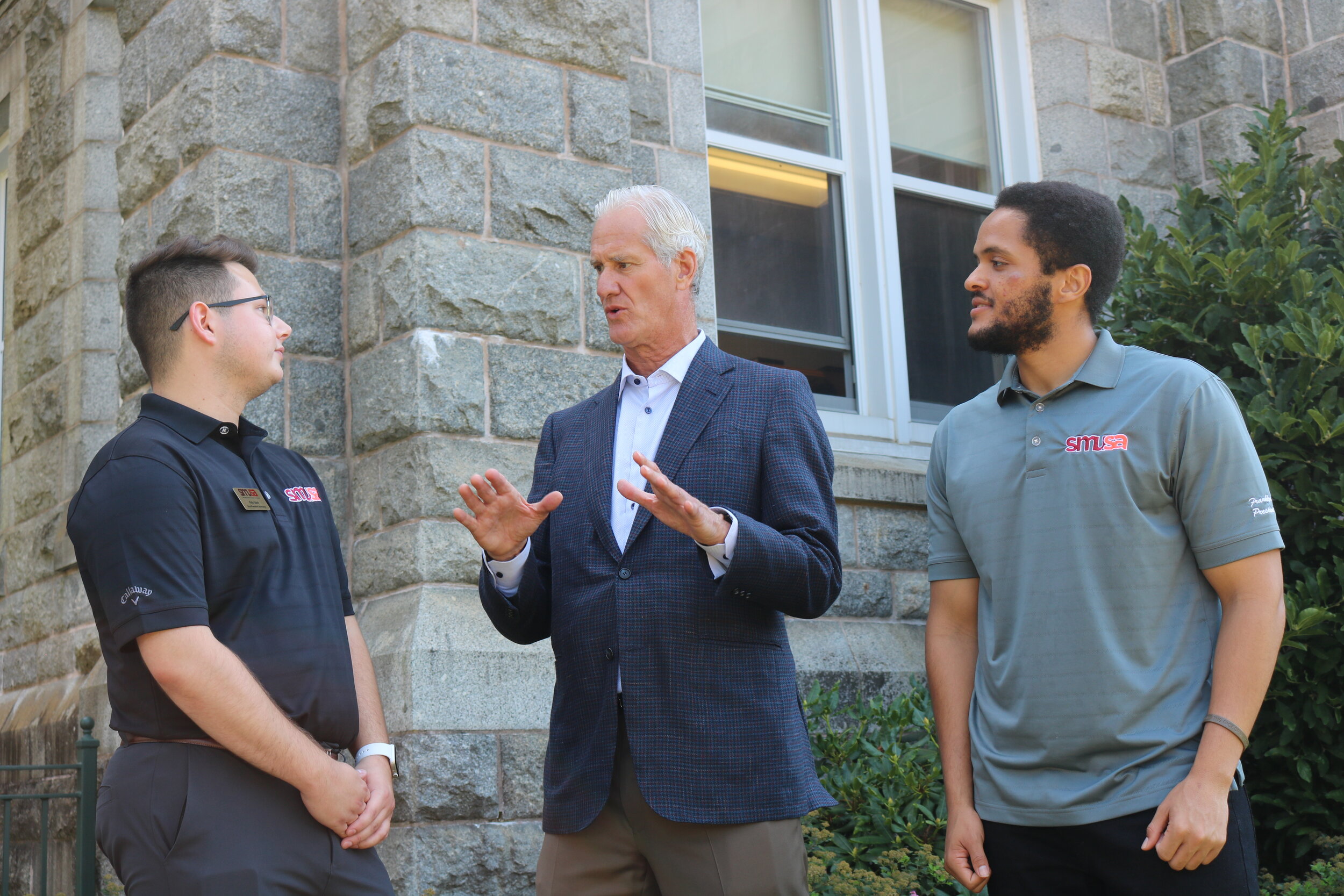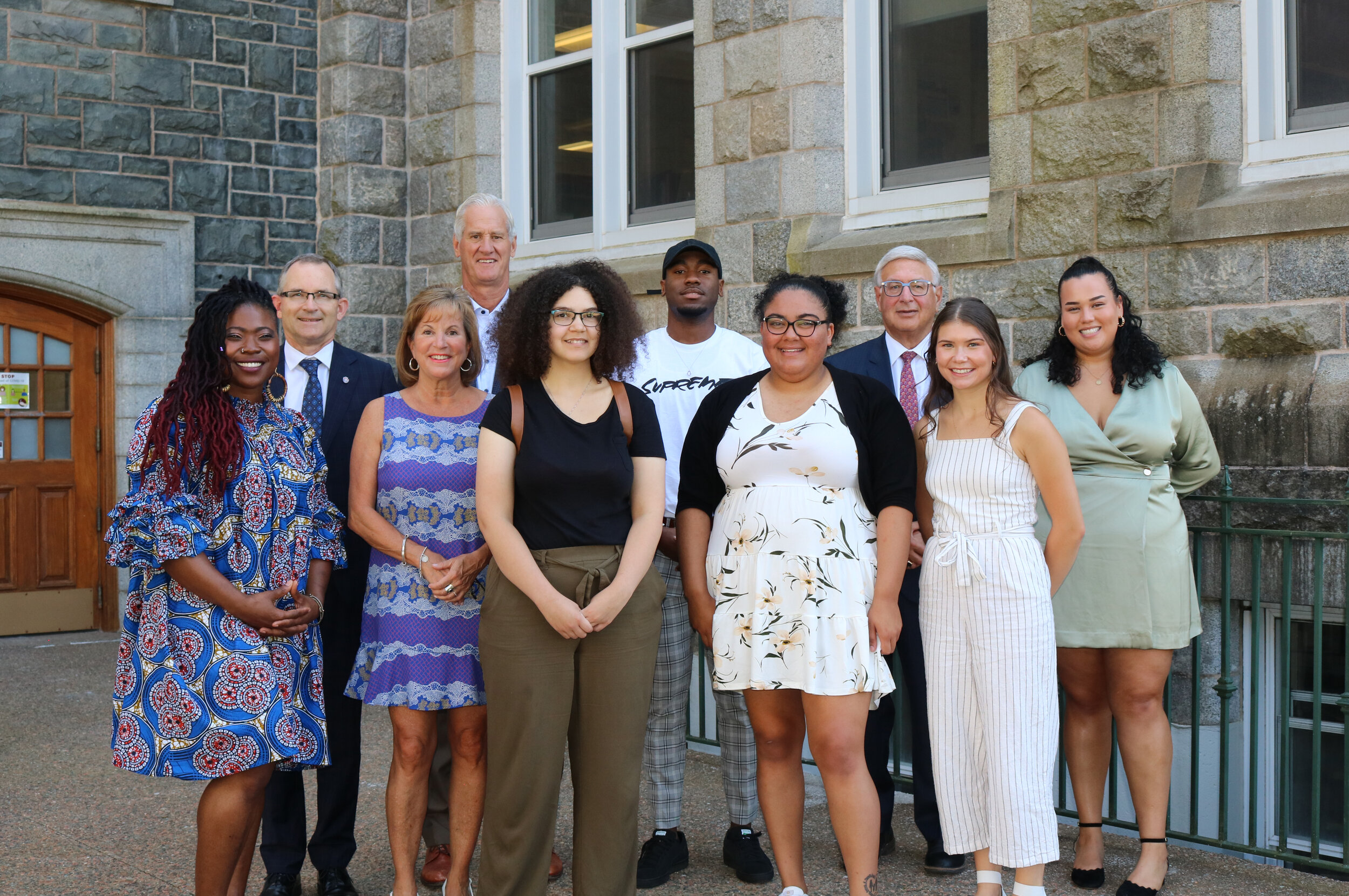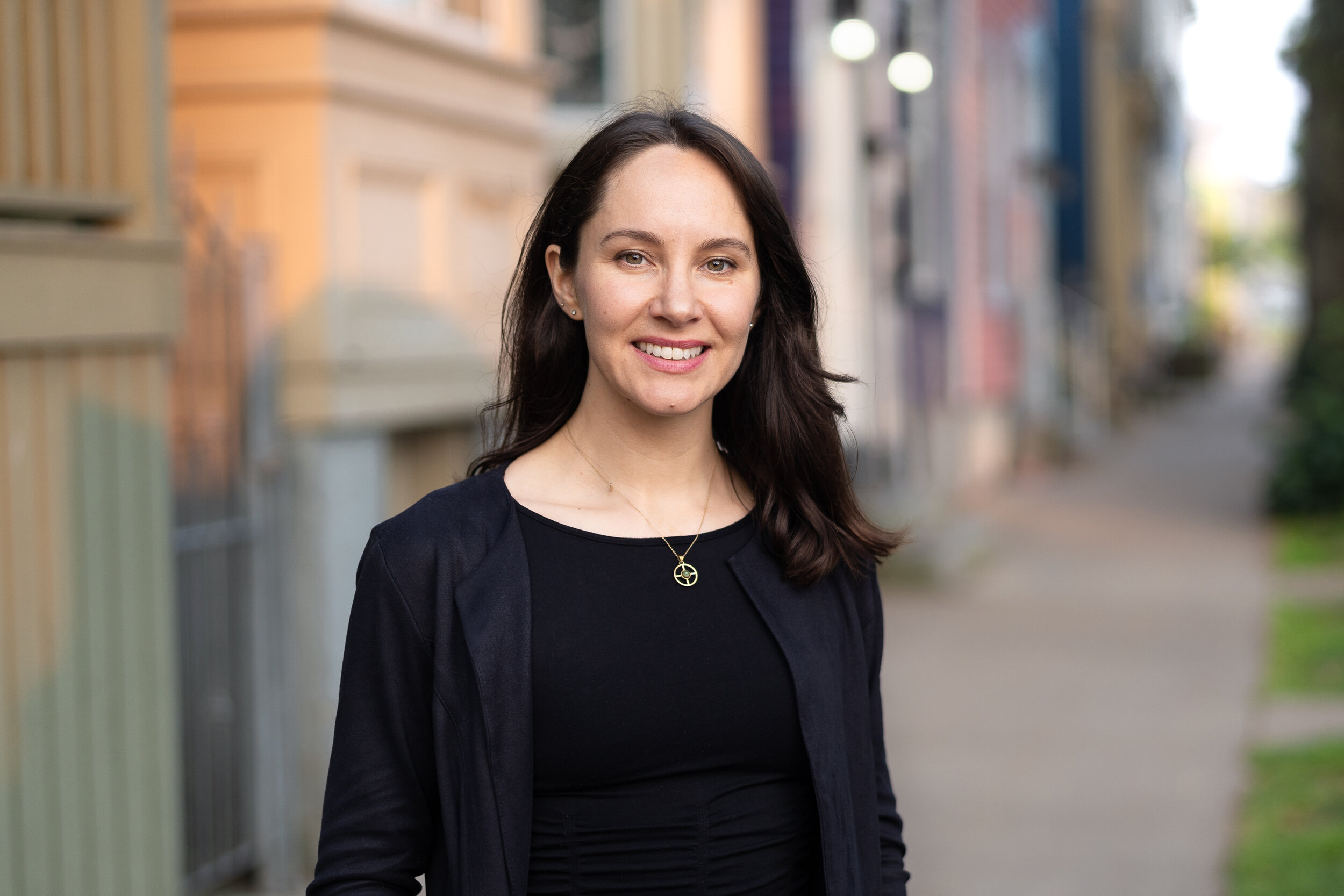Conservation Genomics of the Endangered North Atlantic Right Whale is a $6 million, four-year international collaboration with Genome Atlantic and Saint Mary’s University, in Halifax, N.S., and with the New England Aquarium in Boston, Mass. Other collaborators include Fisheries and Oceans Canada and the Canadian Whale Institute in Canada, along with the Georgia Department of Natural Resources, Duke University, and the National Oceanographic and Atmospheric Administration, all in the United States.
This landmark project was one of eight announced today by the Honourable François-Philippe Champagne, Minister of Innovation, Science and Industry. The projects are the latest to attain funding through Genome Canada’s Large-Scale Applied Research Project (LSARP) Competition.
Managed by Genome Atlantic, the project is co-led by Dr. Timothy Frasier, Saint Mary’s University, who has been doing genetic analysis of the right whale for more than 20 years; and by Philip Hamilton, a leading expert on right whale biology and Senior Scientist at the Anderson Cabot Center for Ocean Life, New England Aquarium in Boston.
The Genome Atlantic project will look at genetic factors that could explain why the reproductive rate of North Atlantic right whales is three times lower than their known potential. The team also plans to assess if, and to what degree, non-lethal encounters with vessels and fishing gear change the expression of genes in a manner that lowers the long-term health and reproduction of individuals, and to evaluate the ramifications for conservation of the species. The team will combine genomics– the study of genes and their functions–with long-term field data on North Atlantic right whales and their reproductive histories.
Recommendations, based on the project findings, will be made to the Department of Fisheries and Oceans in Canada and to the National Marine Fisheries Service (also known as NOAA Fisheries, an office of the National Oceanic and Atmospheric Administration) in the U.S. on right whale-related recovery expectations, goals and conservation priorities. The results could have implications for marine management policies, practices and conservation plans. The two government entities are charged with managing and conserving the North Atlantic right whale population within their respective jurisdictions. Seasonal migrations, which send a portion of the right whale population through Canadian and American waters, have made recovery of the species a joint concern.
Apart from the multi-million-dollar whale watching industry that has grown around them, whales play a vital role in stabilizing marine ecosystems by helping to regulate a wide spectrum of marine organisms with their presence. The nitrogen-laden fecal matter they release when they rise to the ocean’s surface to defecate, for instance, is known to stimulate plankton growth and other microorganisms that form the foundation of the oceanic food chain, critical to the existence of marine life and for the maintenance of the fishing industry.
Besides Genome Canada funding, the international research project will receive support from Fisheries and Oceans Canada and Research Nova Scotia in Canada, and from the Georgia Department of Natural Resources, the US National Marine Fisheries Service, and the New England Aquarium in the United States.
The project is expected to start between July and September this year.
-30-
QUOTES:
The endangered North Atlantic right whale plays an important role in our marine ecosystem, and conserving this species is of vital importance and urgency. By identifying to what degree genetic factors are influencing the whales’ recovery, this project will aid conservation efforts and help us monitor their population. Conserving endangered marine wildlife benefits our environment, our economy and our communities.”
—Dr. Steve Armstrong, president, Genome Atlantic, the Canadian non-profit corporation managing the project.
“Although inbreeding has been an important topic in population biology for over a century, our understanding of its impact in the wild, and in endangered species in particular, is still in its infancy due to a lack of good case studies. This study, where we have the ability to combine 40 years of field data with genomic data for such a high percentage of individuals, will allow us to not only quantify the impacts of inbreeding on the recovery potential of this species, but will also greatly improve our understanding of the impacts of inbreeding on wildlife populations and the subsequent implications for conservation.”
—Dr. Timothy Frasier, project co-lead and Associate Professor, Department of Biology, Saint Mary’s University, Halifax, N.S.
“Since 2015, this species has experienced a precipitous decline that is unprecedented in 40 years of study. We know many are dying from vessel strikes and entanglements; We don’t know the impacts of non-lethal wounds caused by humans, or the impacts of their reduced breeding pool. We need to make bold changes to how we use the oceans and to do so, we need as much understanding of the problem and cultural support for those changes.”
—Philip Hamilton, project co-lead and Senior Scientist, Kraus Marine Mammal Conservation Program, Anderson Cabot Center for Ocean Life, New England Aquarium, Boston, Mass.
“We now have individual genetic profiles for over 80 per cent of the whale population that has enabled researchers to identify paternity and construct family trees. We can now address the burning question: what, if any, is the impact of inbreeding on reproduction and how does that affect species recovery? In my dealings with representatives of the shipping and fishing industries, I often get asked that very question. The results of the DNA analyses will be shared with mariners to help them understand the importance of measures to reduce entanglements and ship strikes, in order to avoid further narrowing the genetic diversity of the species. Additionally, this will enable researchers to identify paternity, and therefore help reveal the family tree of these incredible creatures.”
—Dr. Moira Brown, Senior Scientist, Canadian Whale Institute, Welshpool, N.B.


